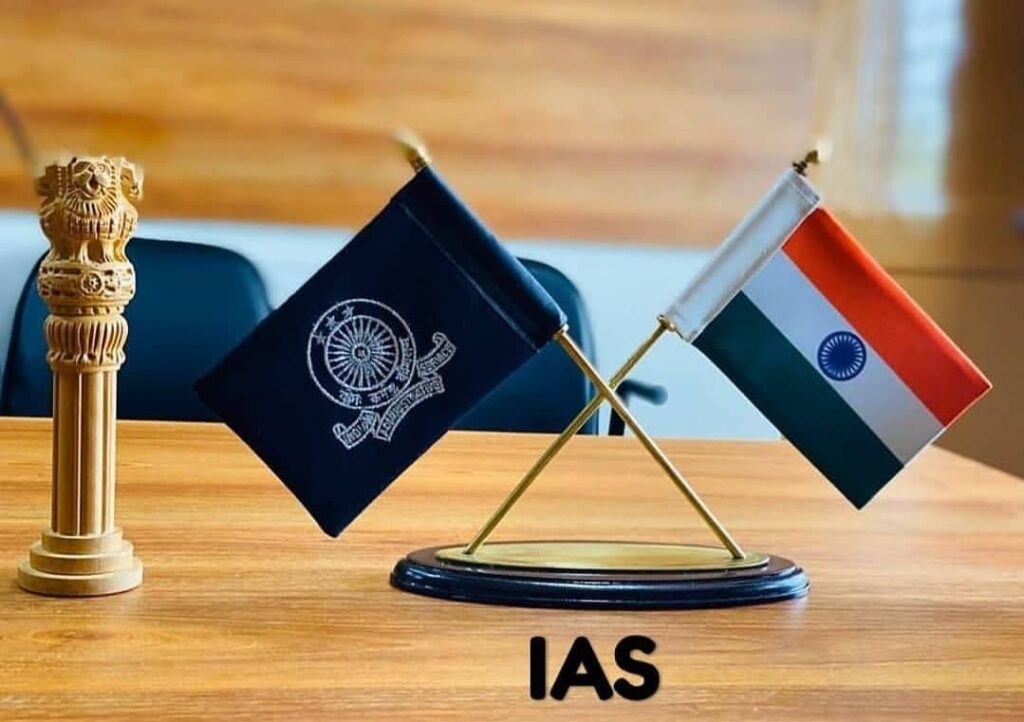INTRODUCTION:
The Veterinary Science syllabus for the UPSC examination is meticulously designed to assess the candidate’s comprehensive understanding of animal physiology, diseases, treatments, and the overarching principles of animal welfare and management. This syllabus encapsulates a broad spectrum of topics, including animal nutrition, genetics, pharmacology, and surgery, among others. It aims to evaluate not only the academic proficiency of the aspirants but also their practical acumen in applying this knowledge towards the betterment of animal health and productivity. As such, it serves as a critical component for those aspiring to make a significant impact in the field of veterinary science and animal husbandry within the public sector.

Detailed Syllabus for Veterinary Science UPSC
Section 1: Animal Nutrition
Principles of Animal Nutrition:
Introduction to the basics of nutrition, including the role of carbohydrates, proteins, fats, vitamins, and minerals.
Classification of Feeds:
Differentiation between various types of animal feeds, their sources, and their nutritional values.
Nutritional Requirements:
Detailed discussion on the specific dietary needs of different animal species at various life stages.
Feed Additives and Processing:
Examination of substances added to improve feed quality and methods employed to process feeds for enhanced nutritional value.
Impact of Nutrition on Health and Production:
Analysis of how proper nutrition influences animal health, disease resistance, and productivity.
Section 2: Animal Physiology
Organ Systems Functionality:
In-depth coverage of the structure and function of animal organ systems including the cardiovascular, respiratory, nervous, and digestive systems.
Homeostasis:
Mechanisms by which animals maintain internal stability despite external changes.
Physiological Adaptations:
Study of how animals adapt physiologically to their environments.
Reproductive Physiology and Behavior:
Understanding of the reproductive systems, mating behaviors, and hormonal controls.
Section 3: Veterinary Anatomy
Systemic Veterinary Anatomy:
Detailed study of animal anatomy, focusing on various systems such as skeletal, muscular, and nervous systems.
Comparative Anatomy:
Comparisons between the anatomical structures of different animal species.
Embryology and Histology:
The development of animal embryos and microscopic study of tissues, respectively.
Section 4: Veterinary Pathology
Disease Mechanisms:
Understanding the causes (etiology) and development (pathogenesis) of diseases.
Disease Diagnosis and Treatment:
Techniques for diagnosing diseases and the basics of treatment.
Immunology and Epidemiology:
Study of the immune system and the patterns, causes, and effects of health and disease conditions in defined populations.
Section 5: Veterinary Pharmacology and Toxicology
Drug Action Mechanisms: How drugs work (pharmacodynamics) and what happens to them in the body (pharmacokinetics).
Drug Interactions and Adverse Reactions: Potential complications arising from drug use.
Veterinary Toxicology: Identification, diagnosis, and treatment of poisoning in animals.
Section 6: Veterinary Microbiology
Bacteriology, Virology, Mycology, and Parasitology: Study of bacteria, viruses, fungi, and parasites that cause diseases in animals.
Microbial Diseases Identification and Control: Methods for diagnosing microbial diseases and strategies for their control and prevention.
Section 7: Animal Breeding and Genetics
Genetic Principles in Animal Breeding: Application of Mendelian genetics and population genetics in animal breeding.
Breeding Systems and Selection Methods: Overview of different breeding systems and selection methods used for genetic improvement.
Biotechnology in Breeding: Use of biotechnological tools in animal genetics and breeding, including genetic engineering and cloning.
Section 8: Livestock Production and Management
Livestock Husbandry Practices: Best practices for the housing, feeding, and general management of livestock.
Species-Specific Management: Tailored management practices for dairy cattle, poultry, sheep, goats, and pigs.
Animal Welfare and Product Quality: Discussion on ethical treatment of animals and its impact on product quality (milk, meat, eggs)
.
Section 9: Veterinary Surgery and Radiology
Surgical Principles and Techniques: Basics of animal surgery, including types of surgical techniques and wound healing.
Anesthesia and Pain Management: Overview of anesthesia techniques and pain management in veterinary practice.
Diagnostic Imaging: Use of radiology, ultrasound, and other imaging techniques in the diagnosis of diseases.
Orthopedics and Soft Tissue Surgery: Specifics of surgical interventions for bone and soft tissue injuries.
Section 10: Veterinary Public Health
Zoonotic Diseases Prevention and Control: Strategies to prevent diseases that can be transmitted from animals to humans.
Food Safety and Environmental Health: Ensuring the safety of animal-derived food products and managing environmental health issues.
Epidemiology and Public Health Policies: Study of disease distribution and determinants in populations and the implementation of health policies.
Ethics and Animal Welfare: Ethical considerations in veterinary practice and the importance of ensuring animal welfare.
CONCLUSION:
The Veterinary Science syllabus for the UPSC examination is a comprehensive framework designed to prepare candidates for the challenges and responsibilities of a career in veterinary science within the governmental sector. Through a wide array of topics, it ensures that aspirants are well-versed in both the theoretical and practical aspects of animal healthcare. As candidates delve into this syllabus, they equip themselves with the knowledge and skills necessary to contribute effectively to animal welfare, public health, and the agricultural economy. Thus, mastering this syllabus is not just a step towards clearing the UPSC examination but a leap towards making a meaningful difference in the lives of animals and by extension, society at large.

For Detailed Information; CLICK HERE
For the 2024 UPSC Calendar; CLICK HERE